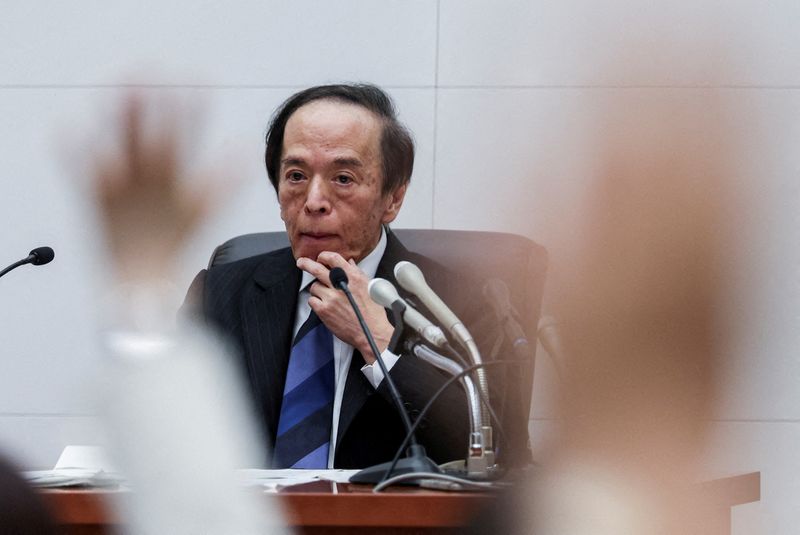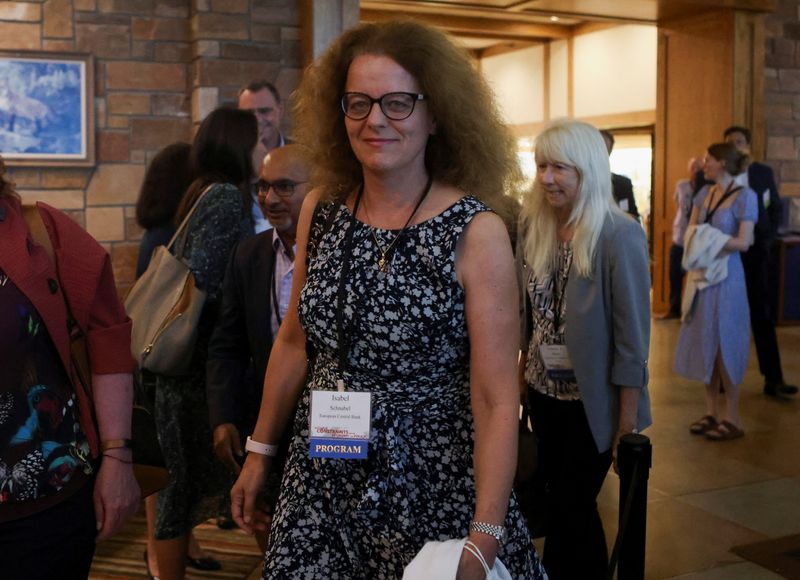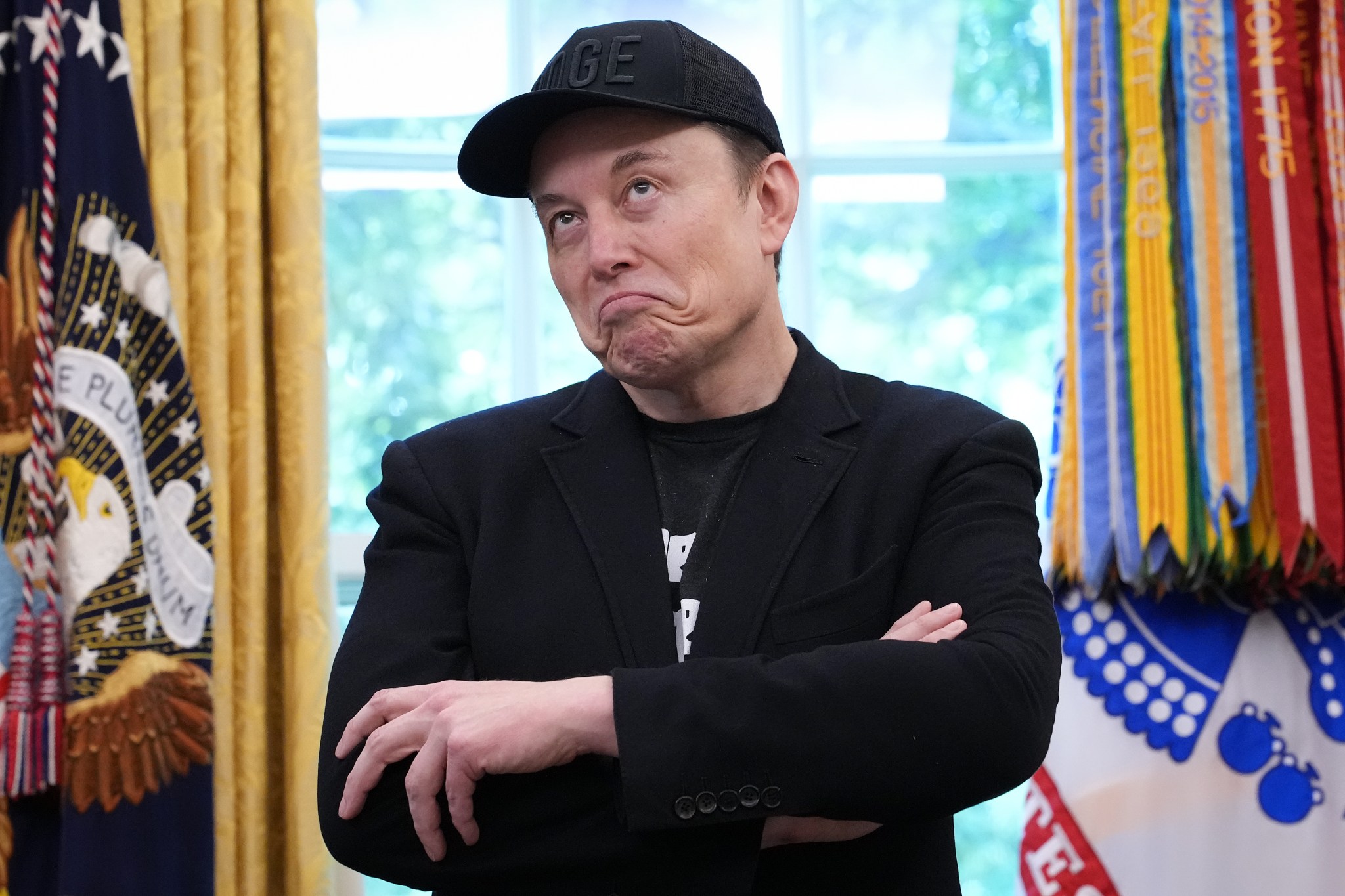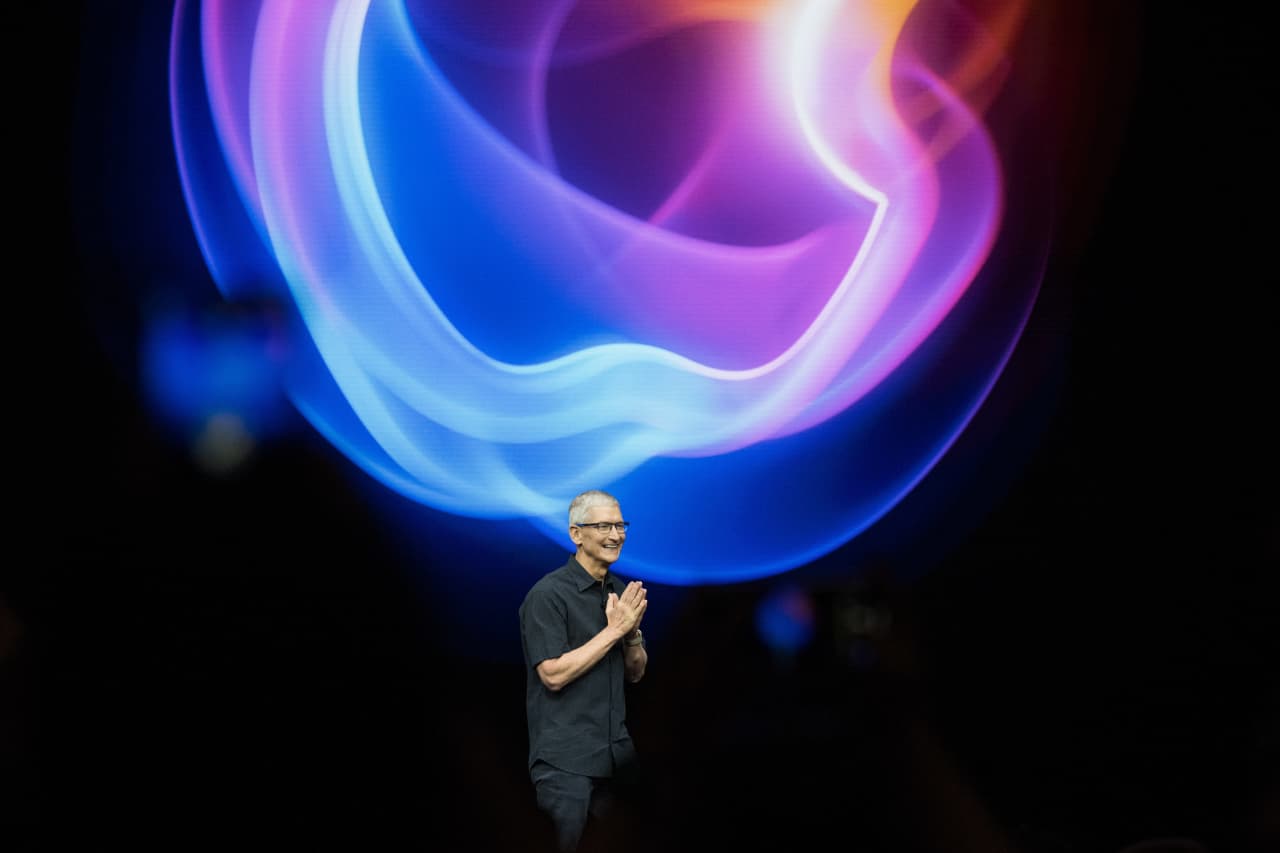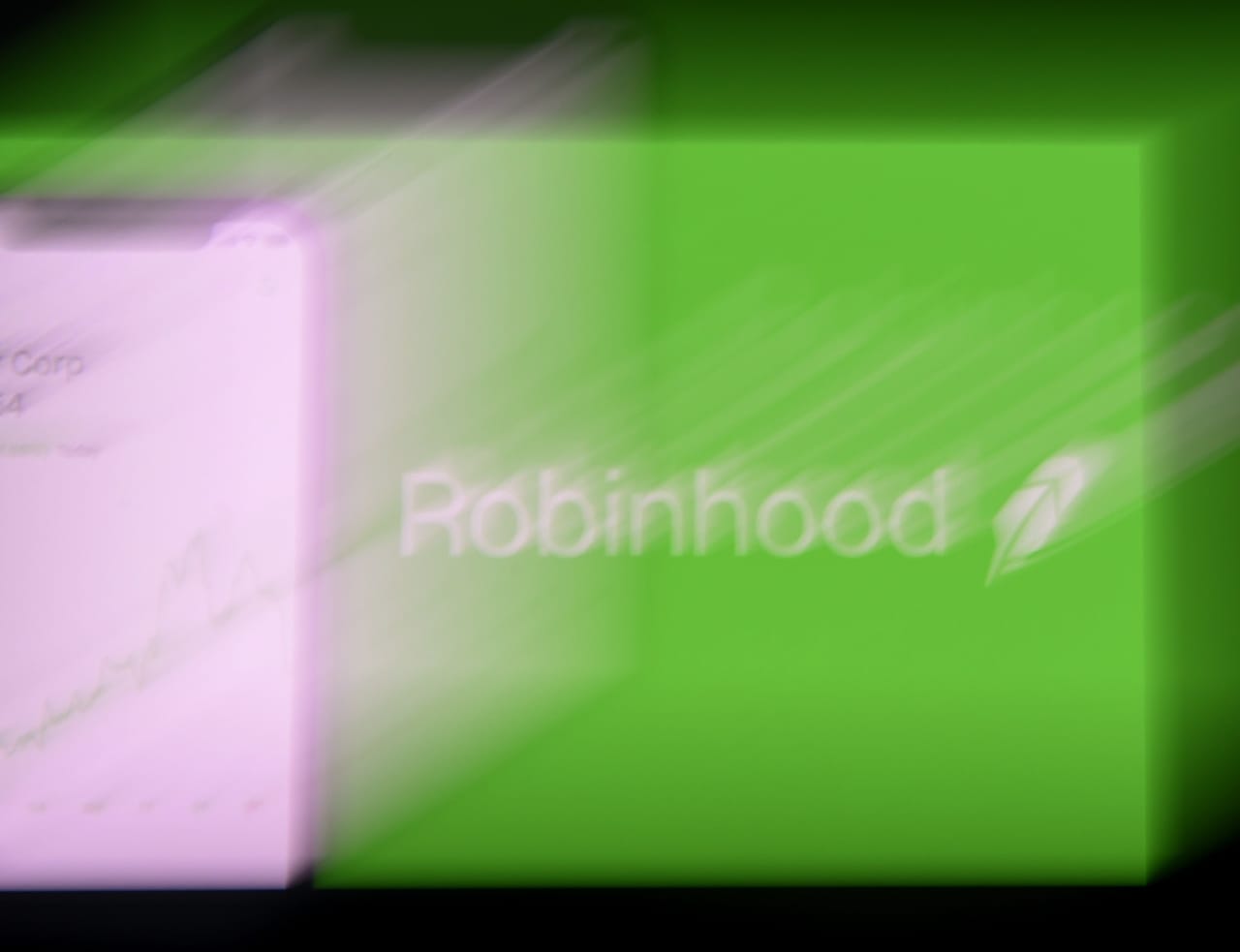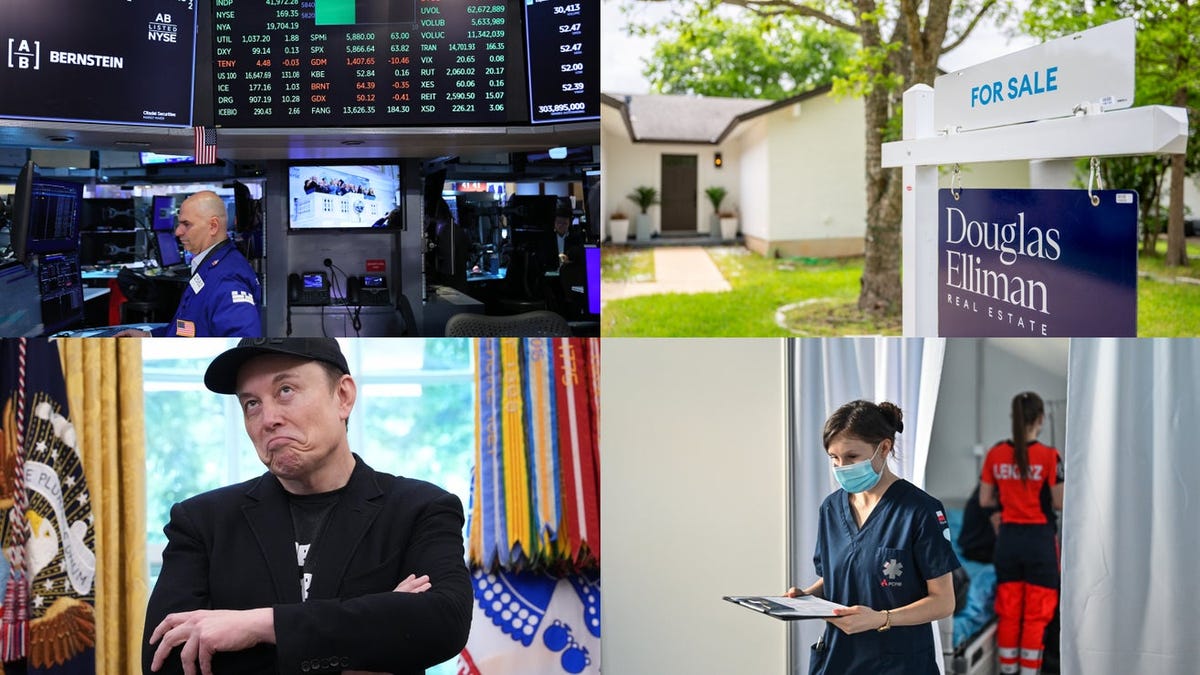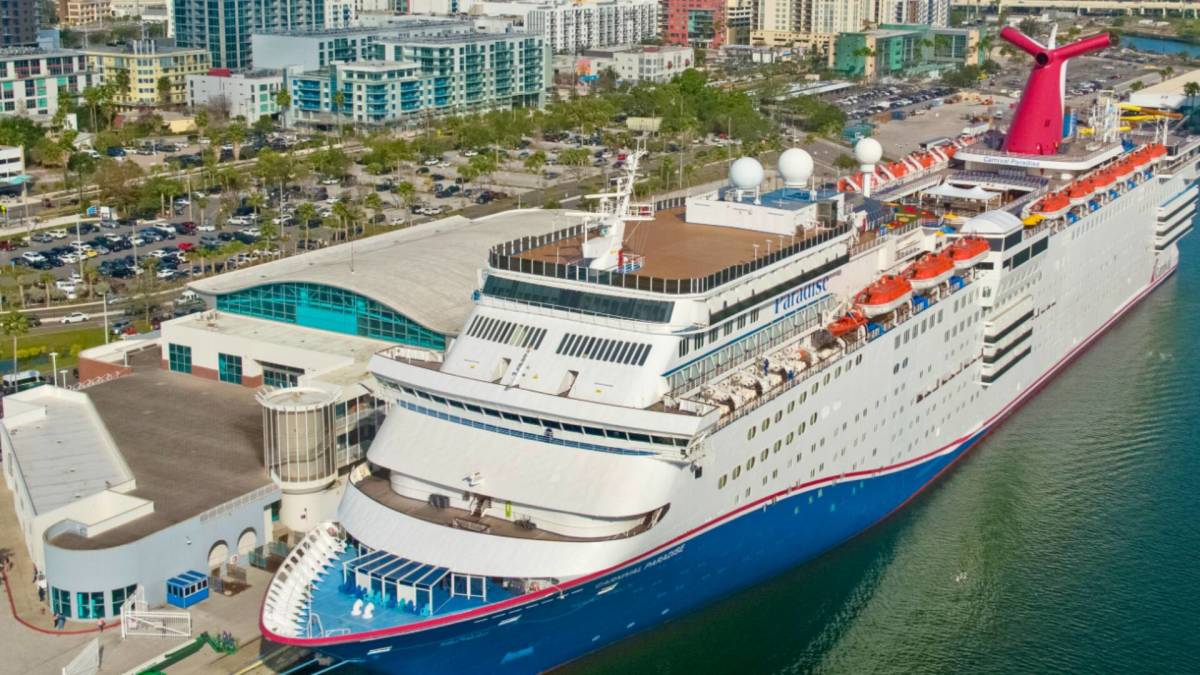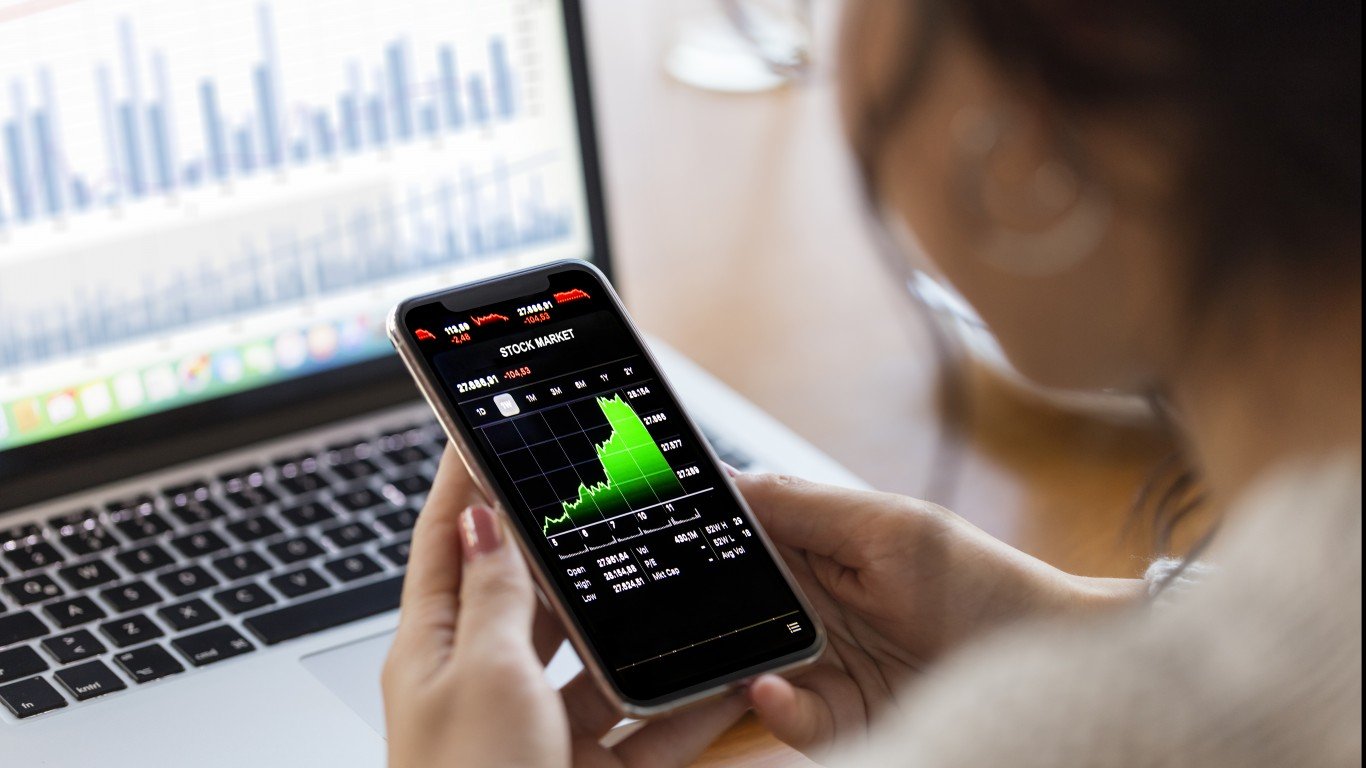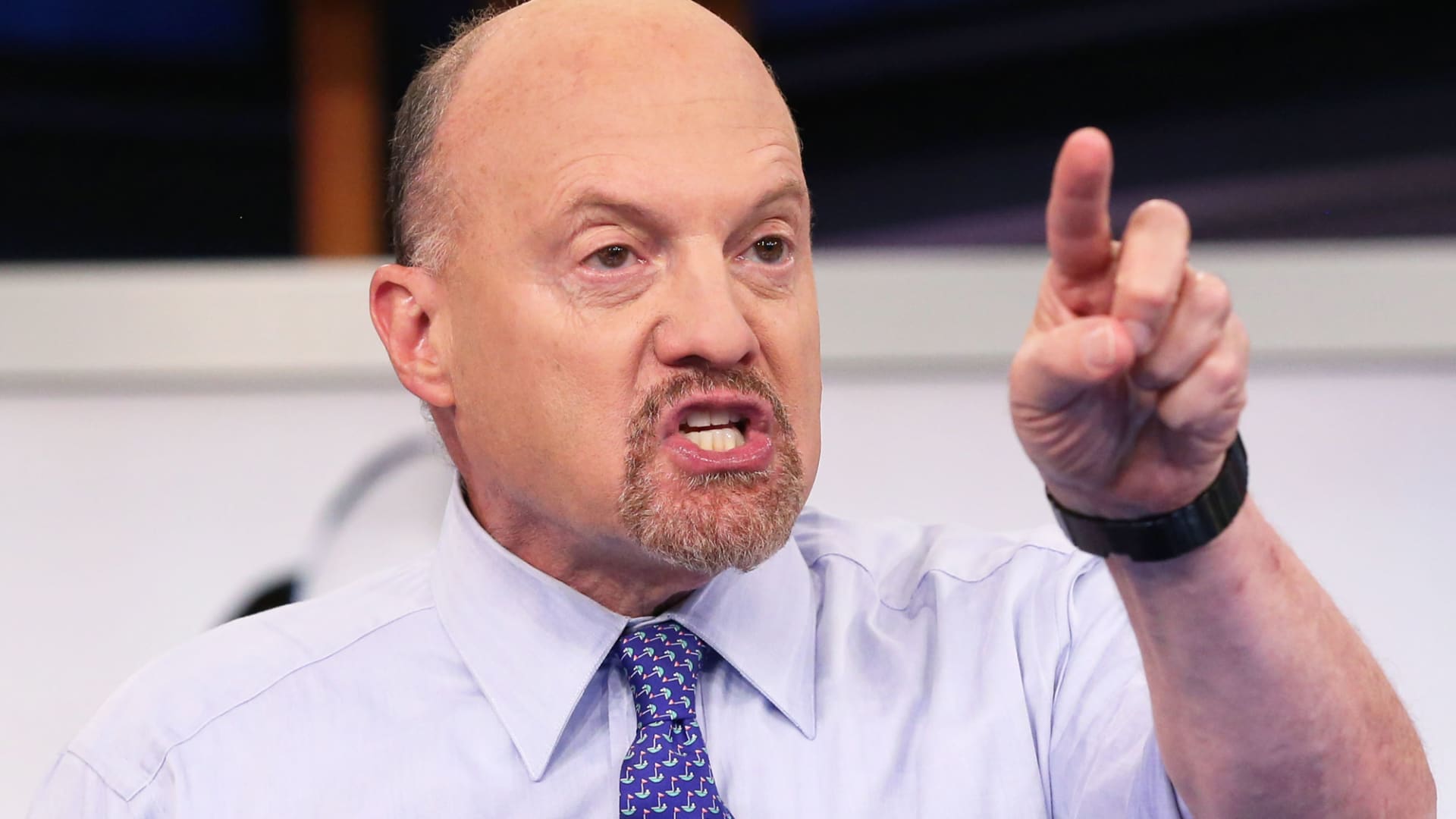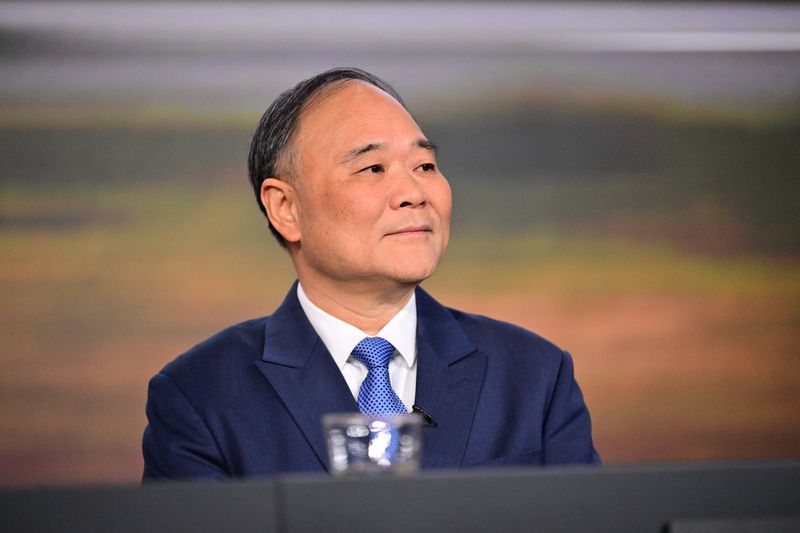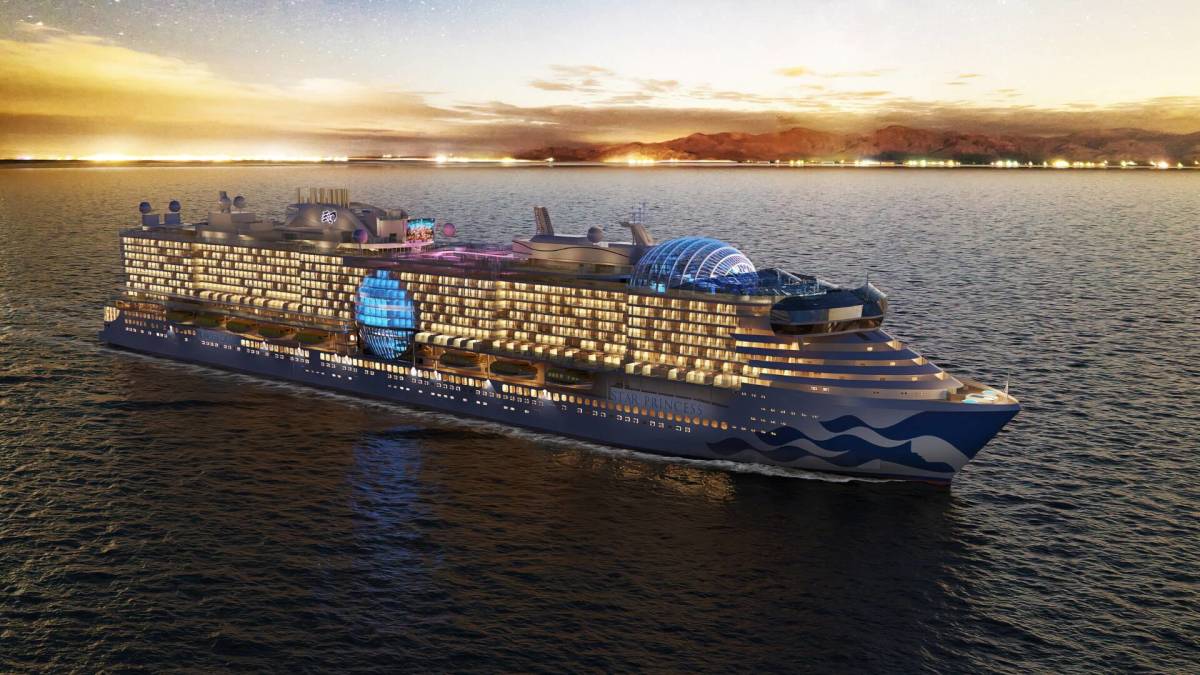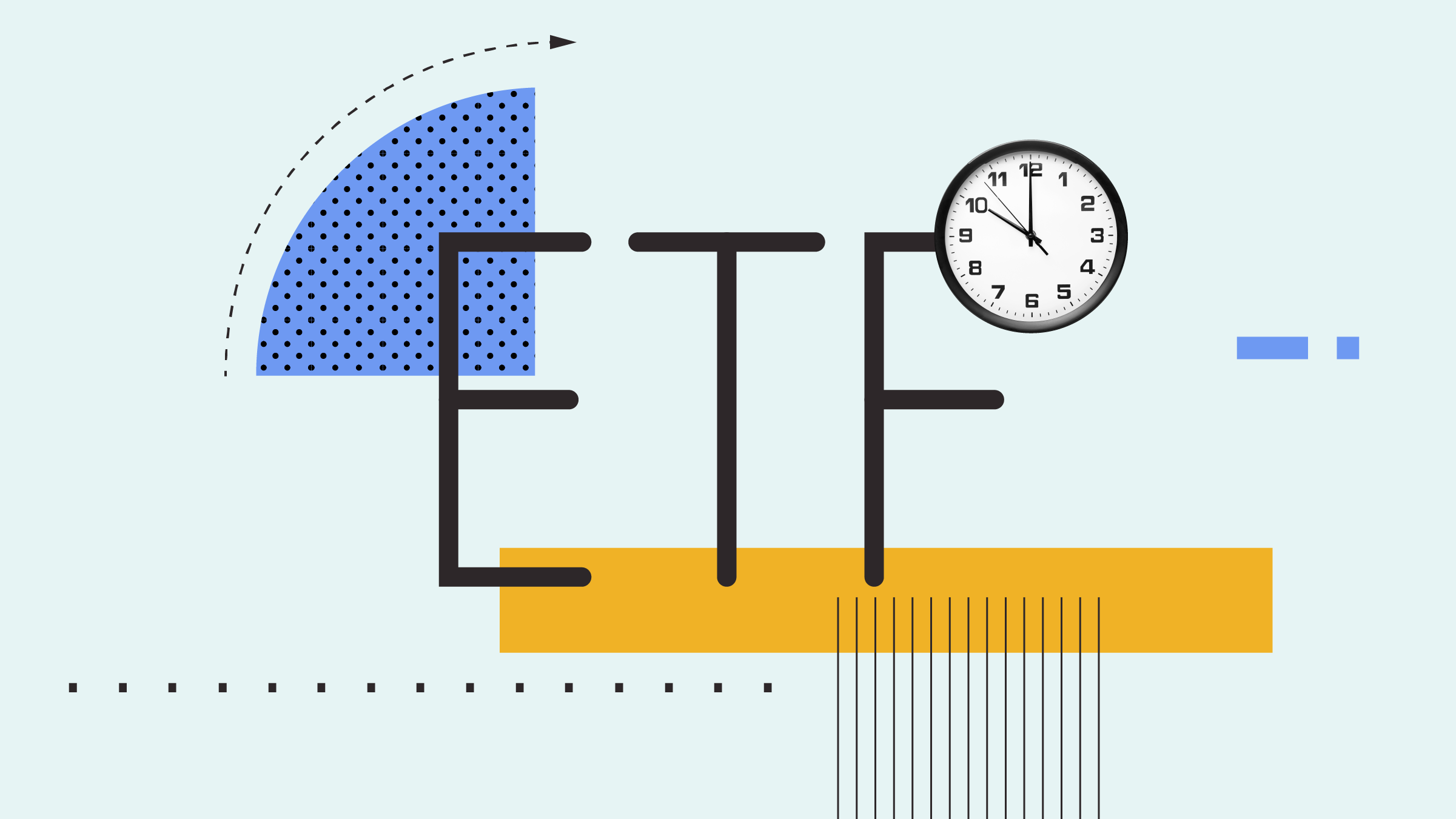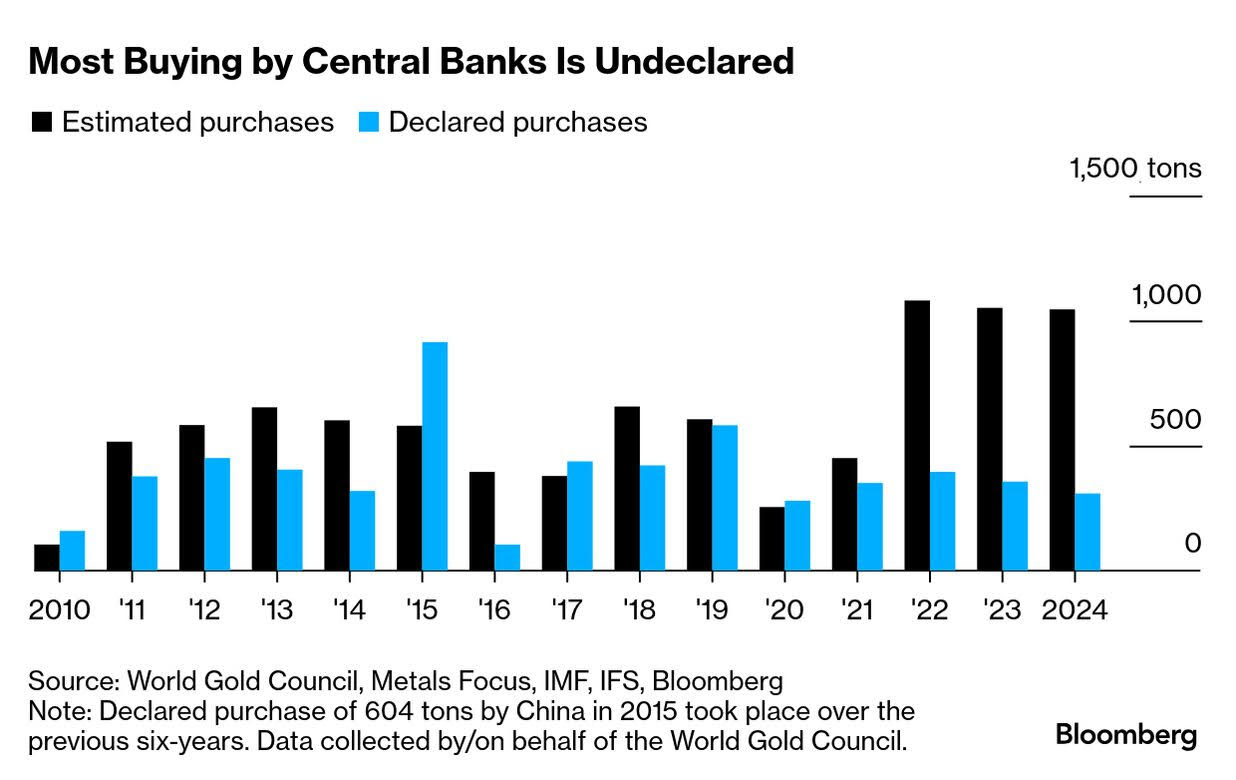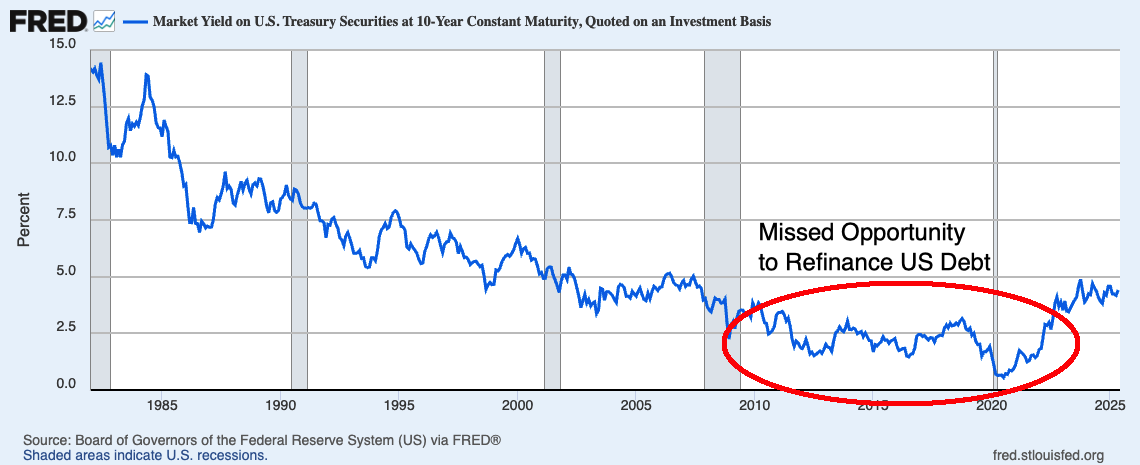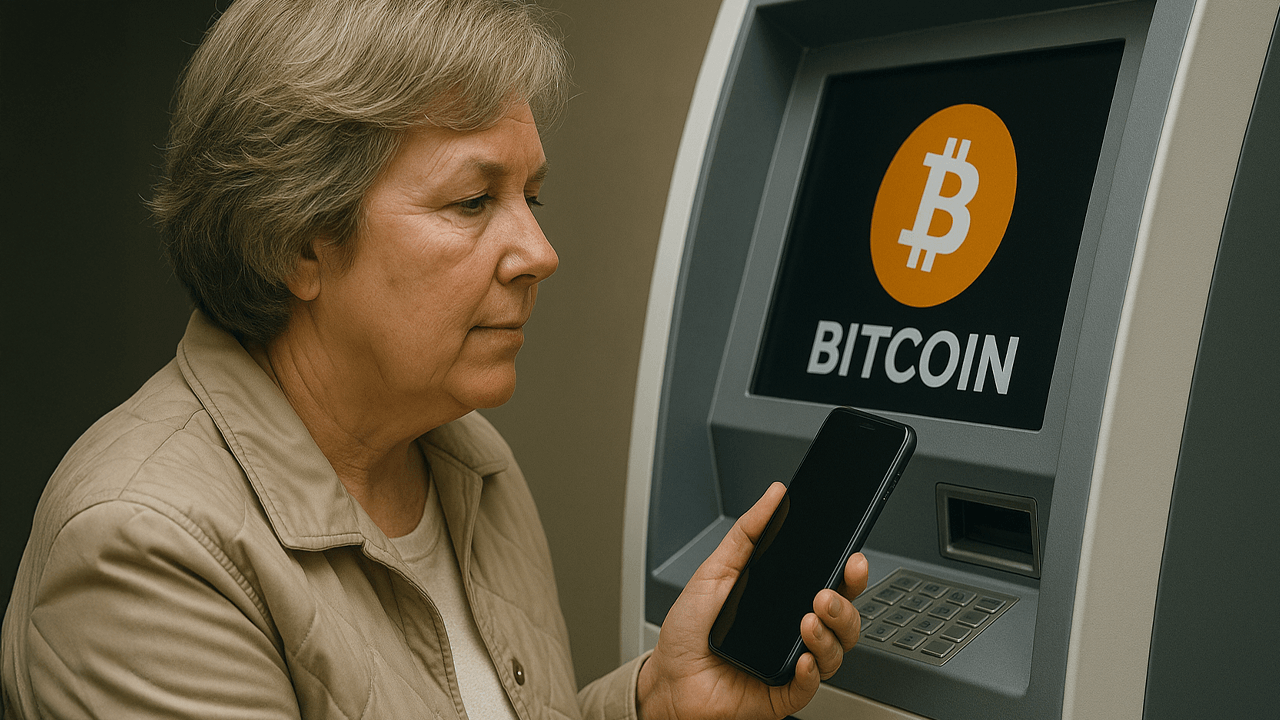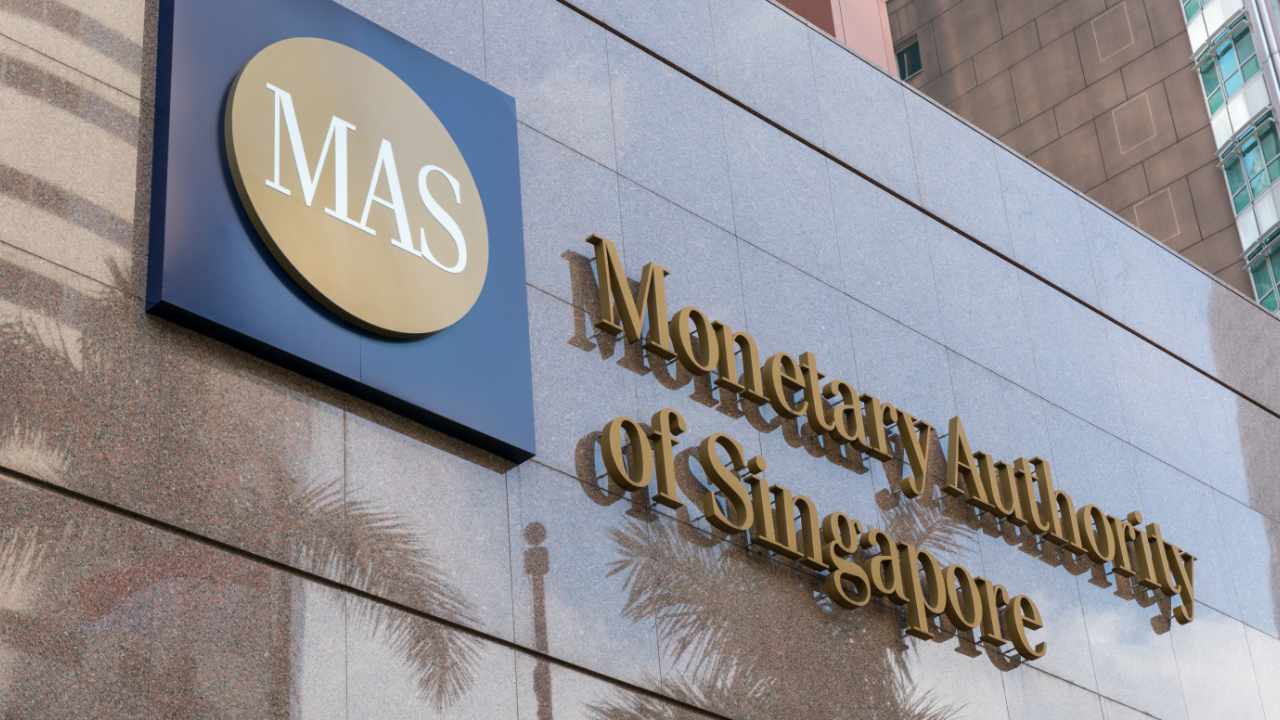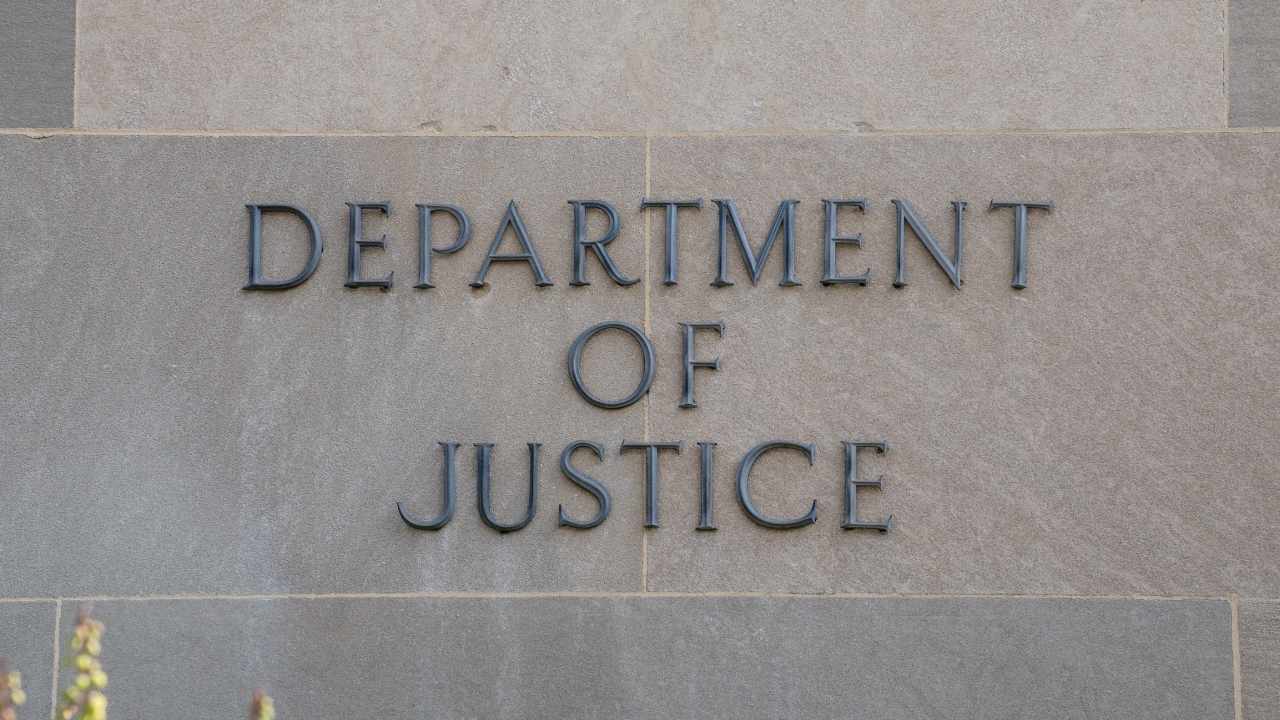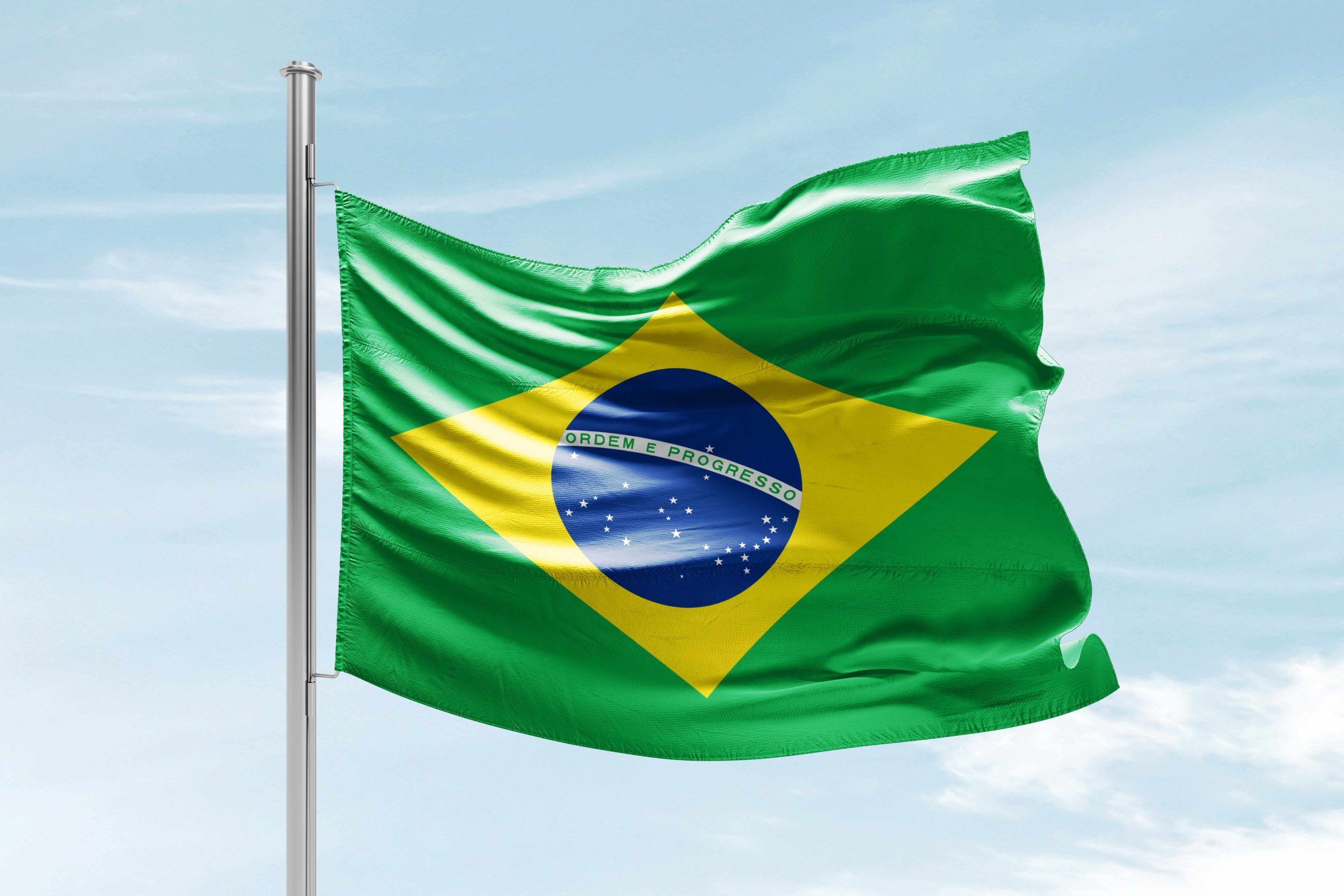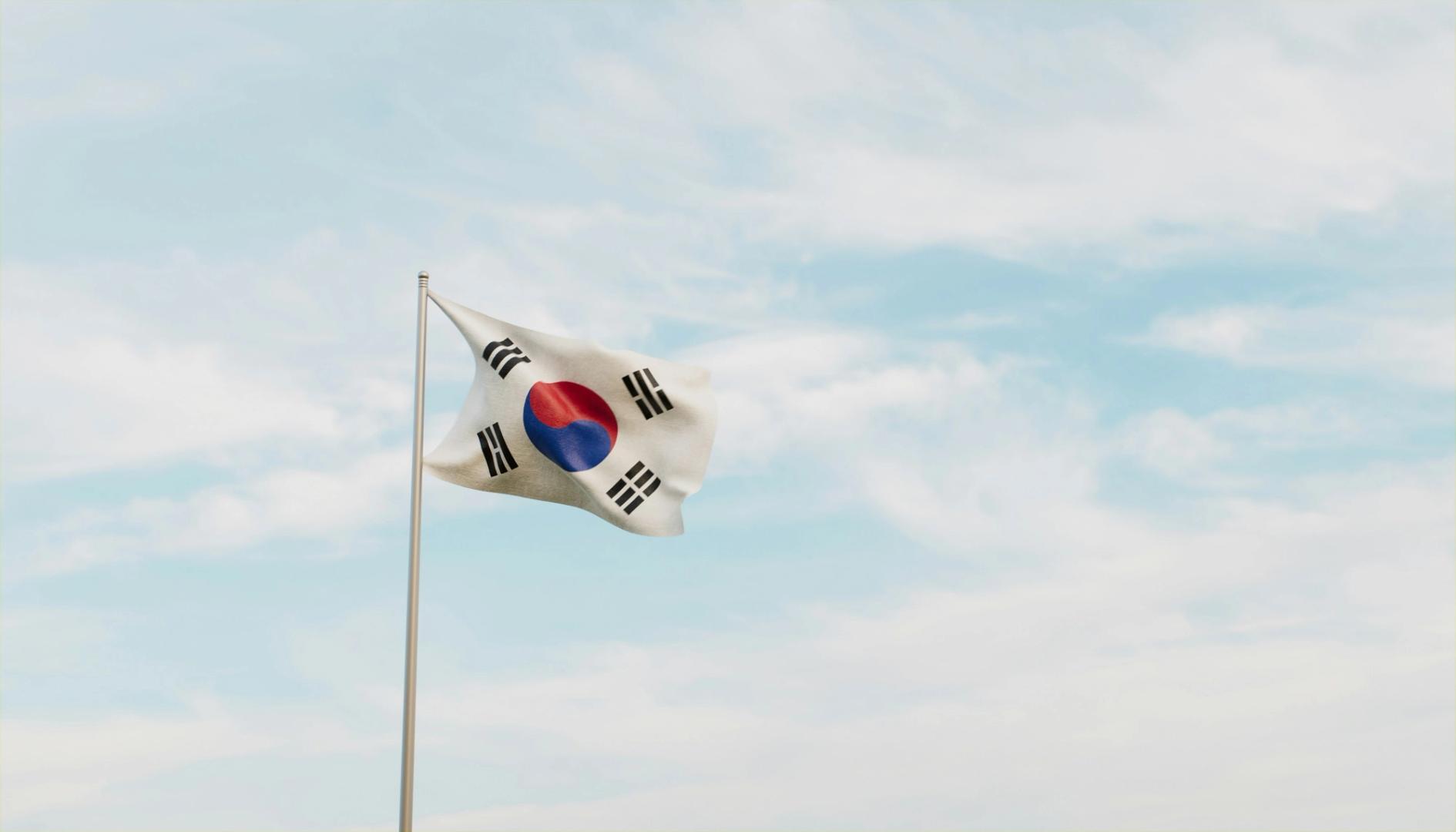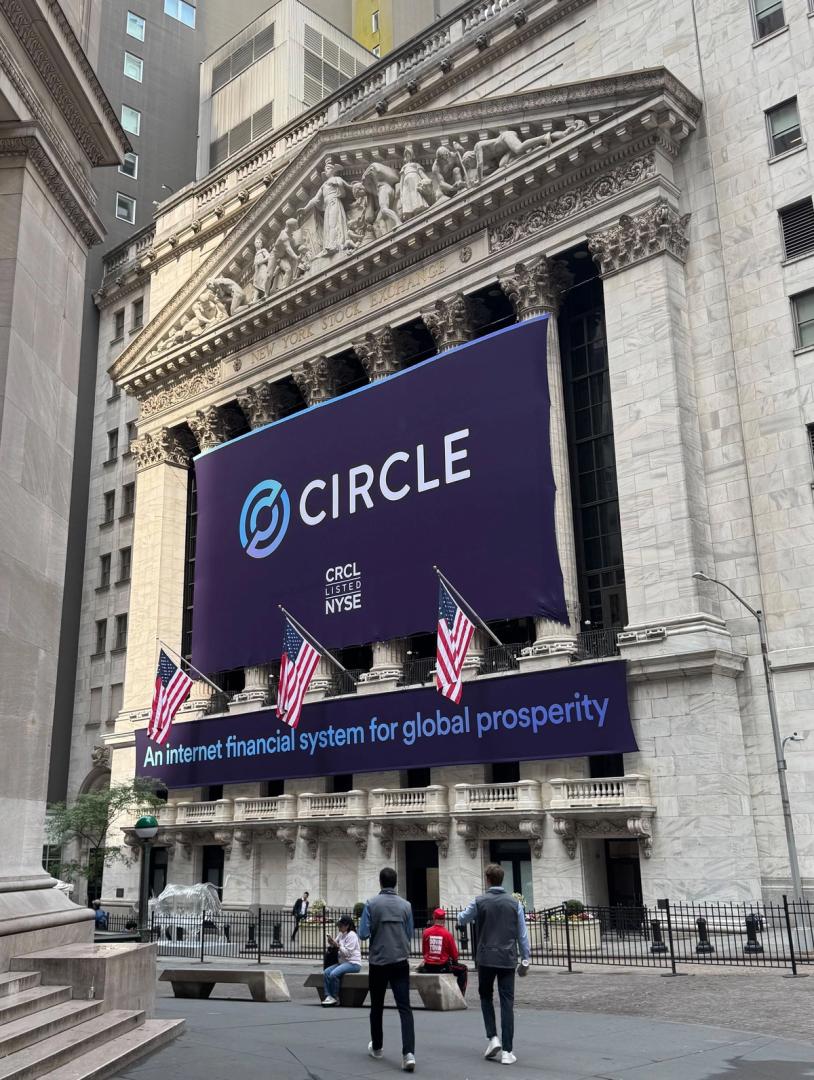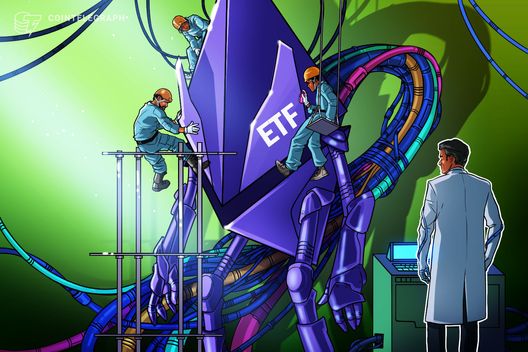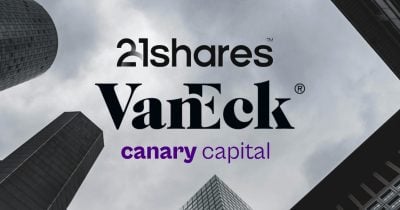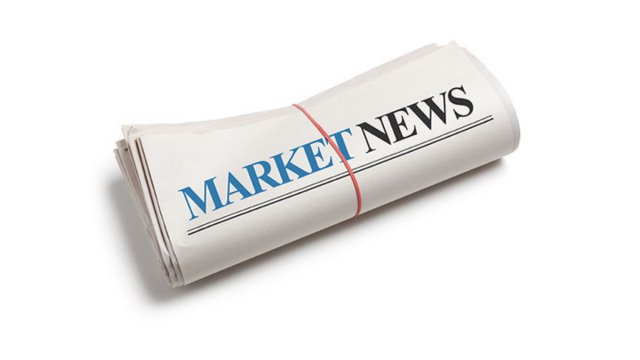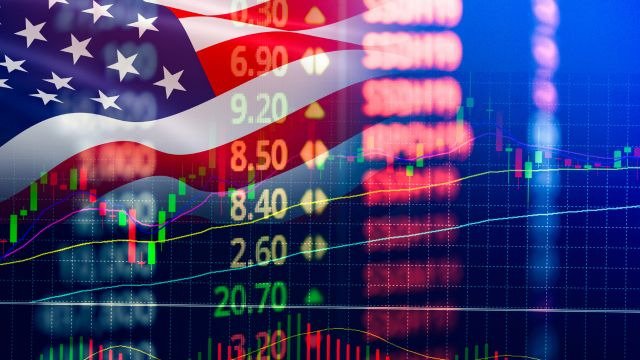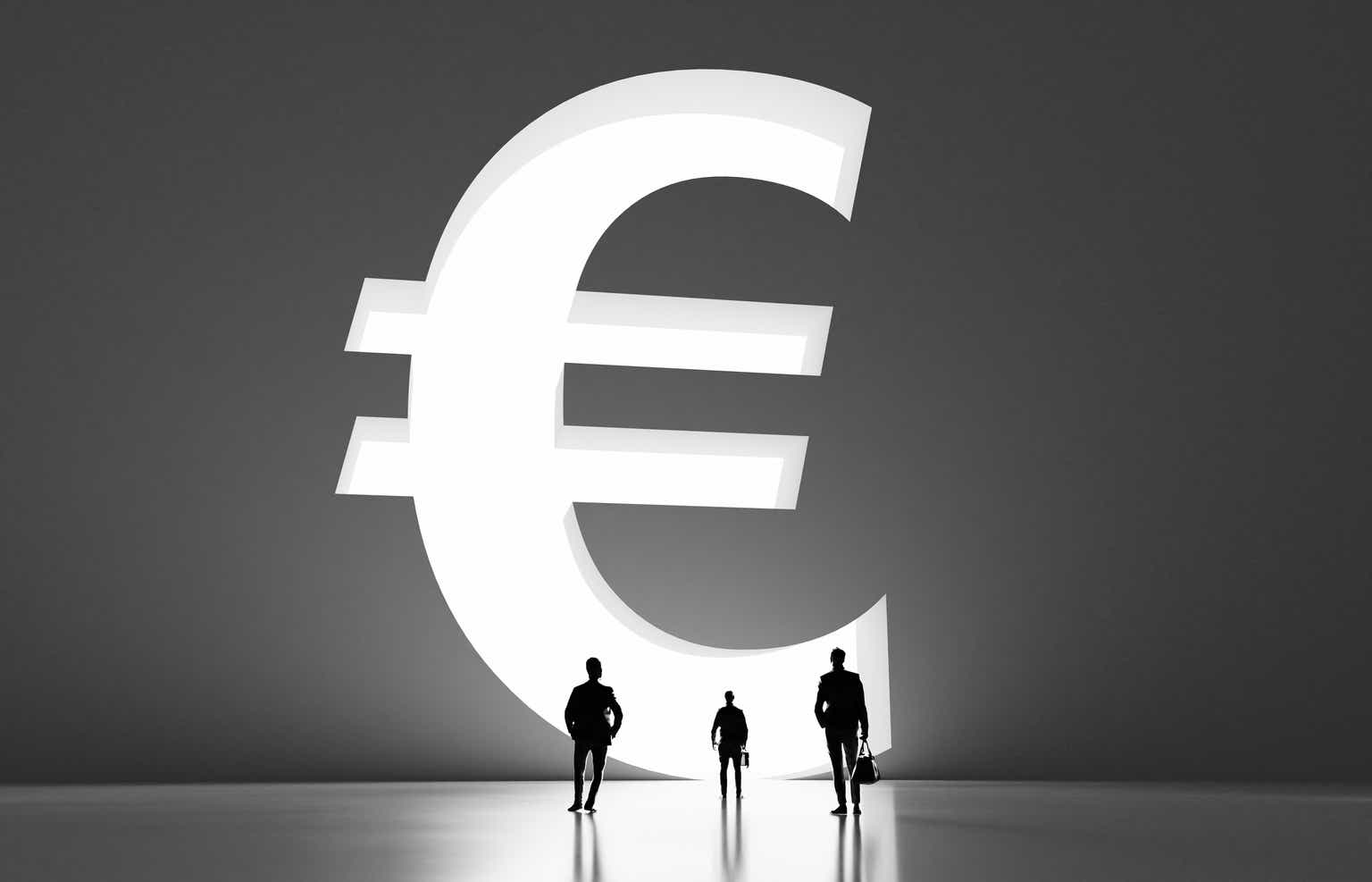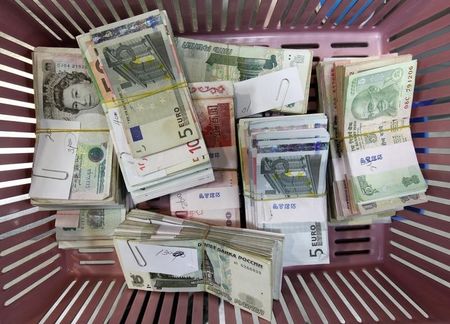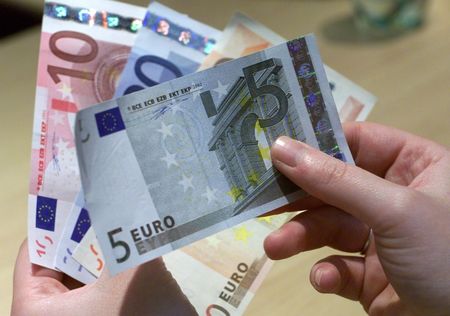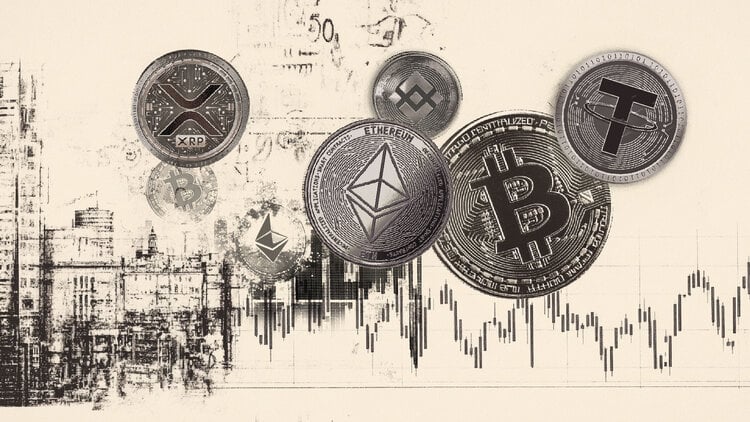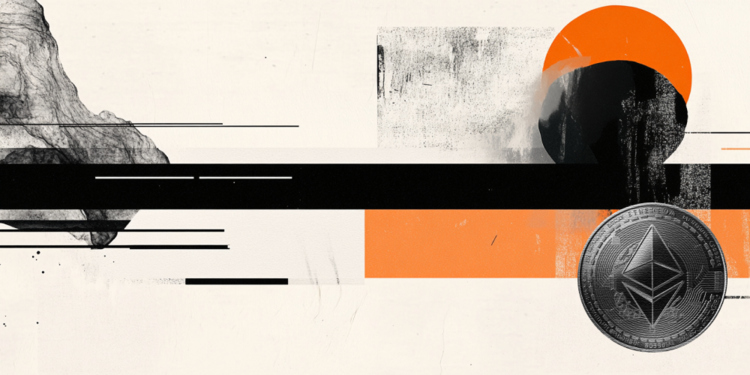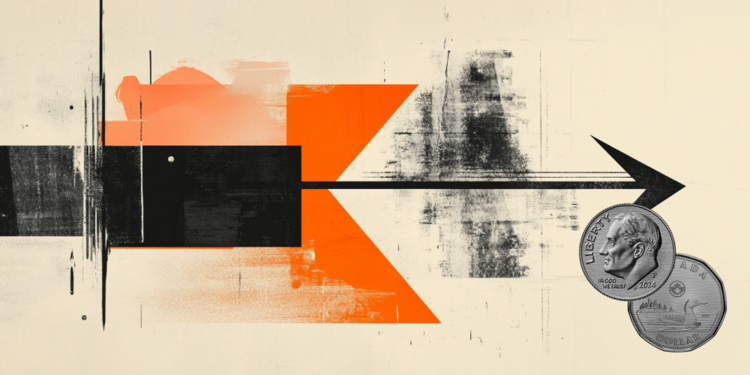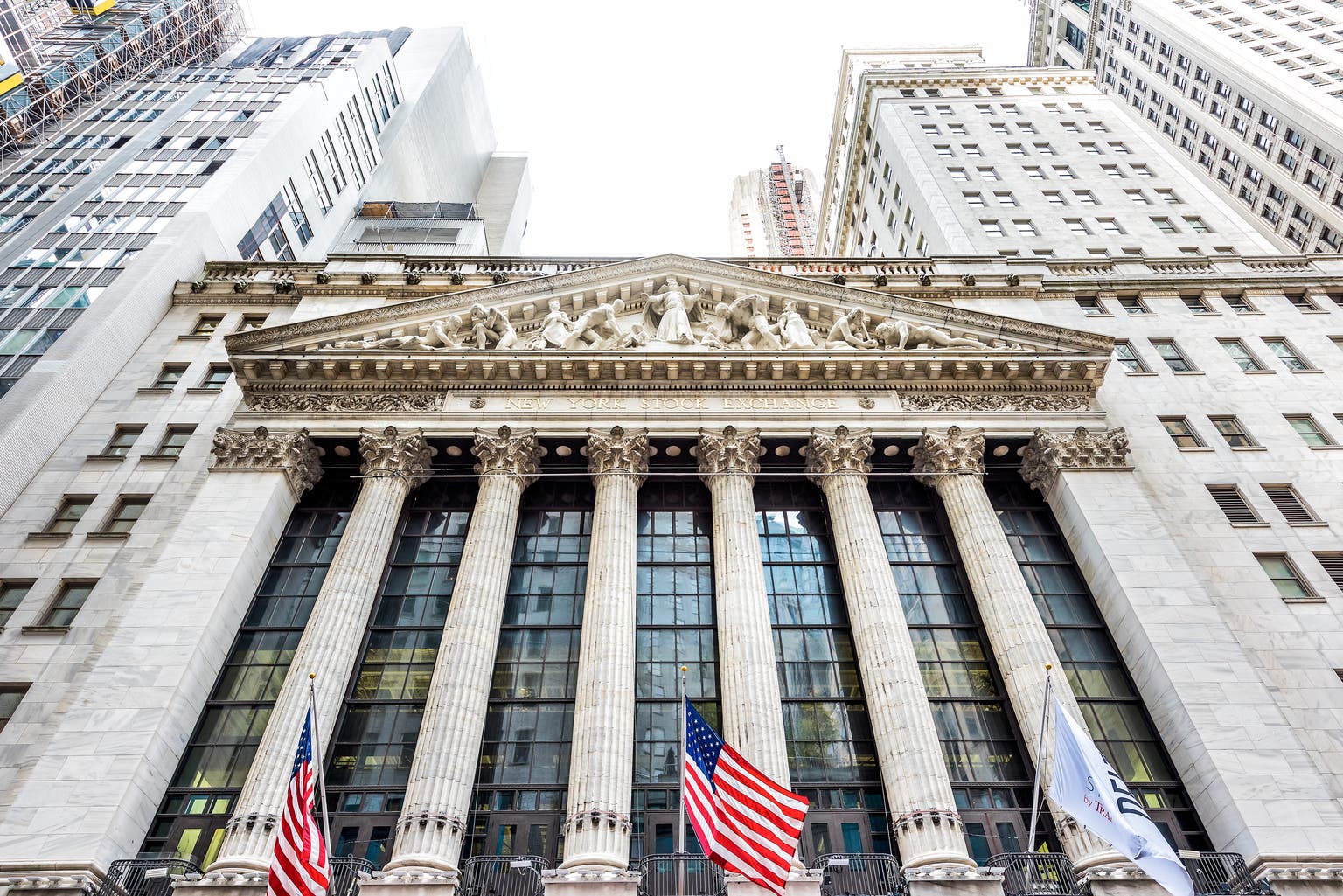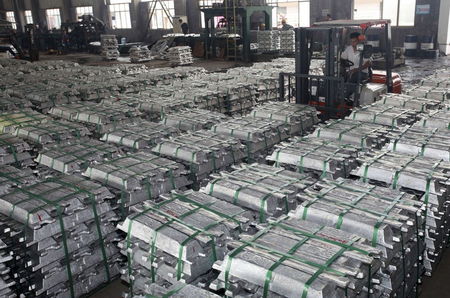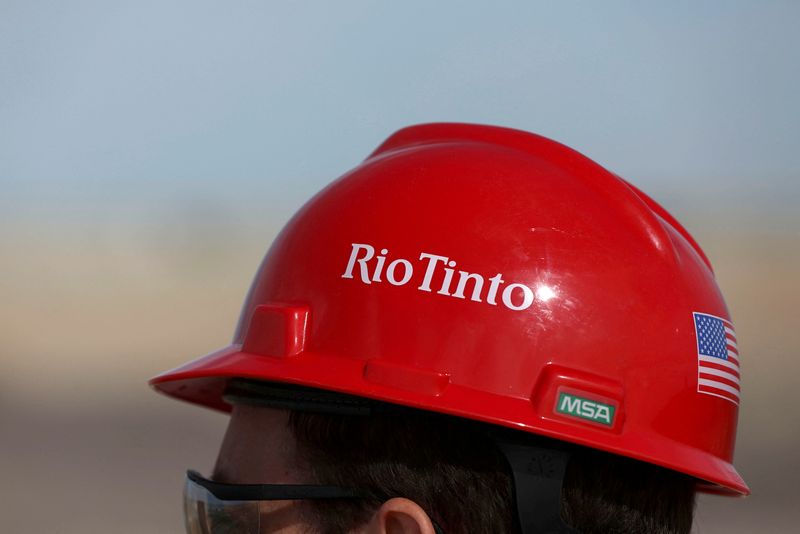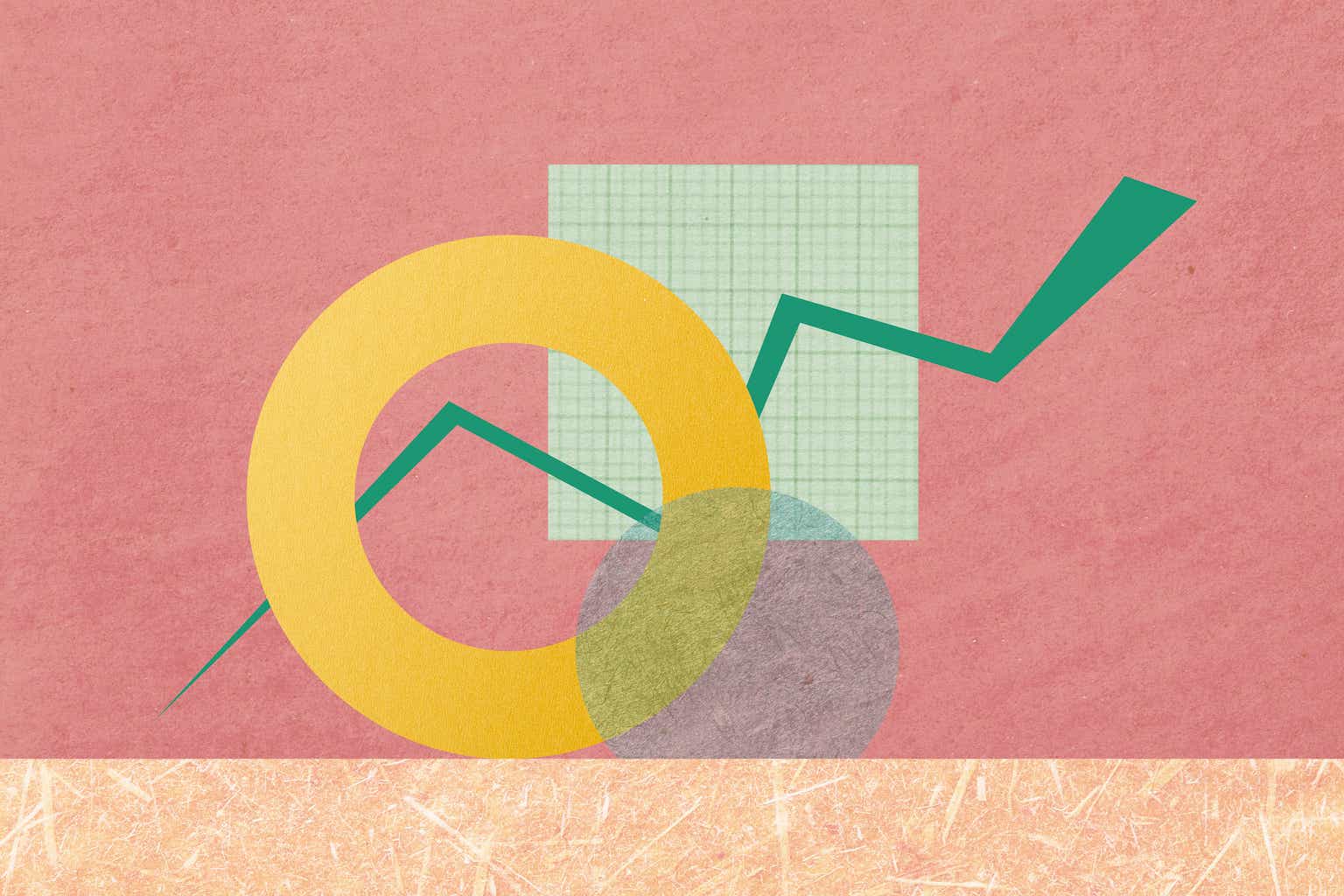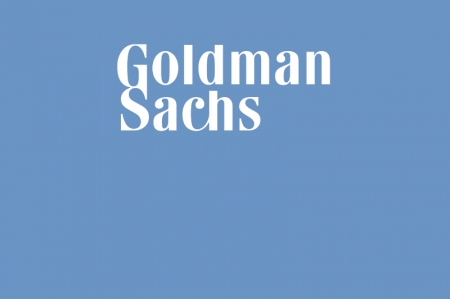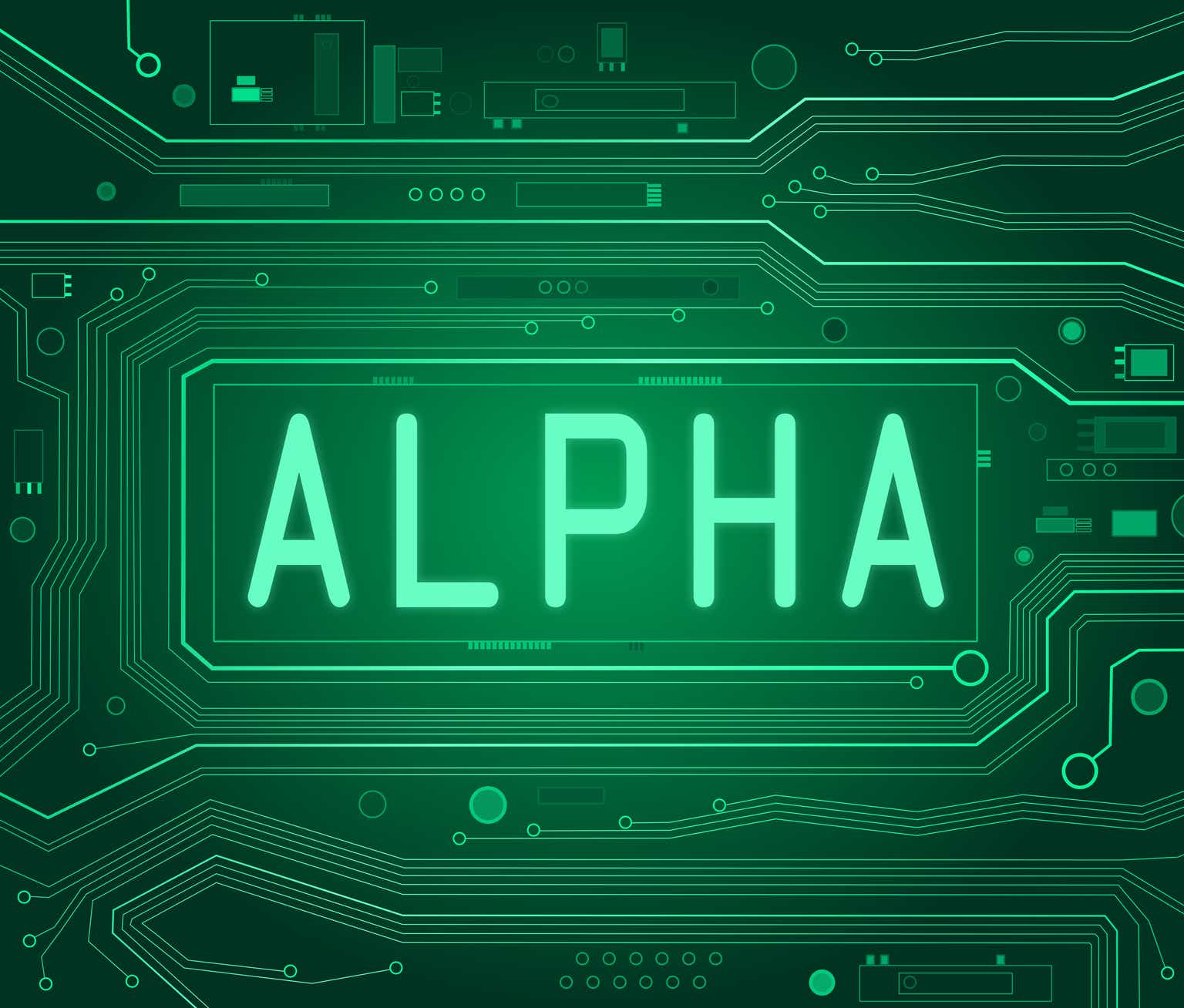Intravenous Iron Drugs Market Trends Reveal Strong Growth Momentum Toward 2032
Market Overview
The global intravenous iron drugs market was valued at USD 2.22 billion in 2020 and is projected to grow at a CAGR of 8.6% during the forecast period. Intravenous iron drugs are used to treat iron deficiency anemia when oral supplementation is ineffective or intolerable. The market is expanding due to rising cases of chronic diseases, increasing prevalence of anemia, and growing demand for fast and effective iron repletion therapies.
Key Market Growth Drivers
Rising prevalence of chronic kidney disease and associated anemia is one of the major growth factors. Patients with kidney dysfunction often require intravenous iron therapy to maintain adequate hemoglobin levels.
Growing geriatric population is increasing the demand for intravenous iron drugs. Elderly individuals are more susceptible to iron deficiency, and IV administration ensures effective treatment in cases where absorption of oral iron is impaired.
Improving diagnostic facilities and awareness of iron deficiency are accelerating market growth. Better access to healthcare and early diagnosis of anemia are prompting faster initiation of treatment, including intravenous therapy.
Advancements in drug formulations are enhancing patient safety and efficacy. Newer intravenous iron compounds are associated with fewer side effects and reduced infusion times, making treatment more convenient and acceptable.
Key Companies in the Market
Notable companies operating in the global intravenous iron drugs market include:
-
AbbVie Inc.
-
Allergan
-
AMAG Pharmaceuticals
-
American Regent, Inc.
-
Daiichi Sankyo Company, Ltd. (American Regent, Inc.)
-
Fresenius Medical Care AG & Co. KGaA
-
Galenica Ltd.
-
Pharmacosmos A/S
-
Rockwell Medical, Inc.
-
Sanofi
-
SHIELD Therapeutics
-
Vifor Pharma Management Ltd.
These companies are focused on research and development, product approvals, and strategic collaborations to expand their presence in the intravenous iron therapy segment.
Market Challenges
High cost of intravenous iron drugs can limit their accessibility in low-income regions. The expense of treatment, along with hospital administration costs, may discourage some patients from seeking therapy.
Risk of adverse reactions and need for professional supervision during infusion can hinder widespread use. Though modern formulations have reduced risks, some patients still experience hypersensitivity or complications.
Limited awareness in rural and underdeveloped regions restricts diagnosis and treatment. Many people with iron deficiency remain undiagnosed or are treated with oral supplements without assessing their effectiveness.
Stringent regulatory requirements can delay the approval of new drugs. Manufacturers must comply with safety, efficacy, and pharmacovigilance norms, which can slow product rollout and market penetration.
Dependence on hospital and clinical settings for administration can pose logistical challenges. Unlike oral supplements, IV iron requires healthcare facilities and trained professionals for safe delivery.
Regional Analysis
North America holds a significant share of the market, driven by high healthcare spending, widespread availability of IV therapies, and a well-established medical infrastructure. The U.S. is a major contributor to regional growth.
Europe follows closely due to rising geriatric population and government support for anemia treatment. Countries like Germany, France, and the UK show strong adoption of intravenous iron drugs.
Asia-Pacific is emerging as a high-growth region with increasing awareness, expanding healthcare access, and rising prevalence of iron deficiency anemia. Countries such as China, India, and Japan are seeing notable market developments.
Latin America exhibits moderate growth with improvements in healthcare systems and demand for advanced anemia treatments. Brazil and Mexico are among the key markets contributing to regional expansion.
The Middle East and Africa show slower adoption but are gaining traction with international collaborations and increasing focus on treating iron deficiency in women and children.
Conclusion
The intravenous iron drugs market is set for robust growth as global healthcare systems prioritize effective anemia management. The increasing burden of chronic diseases, especially kidney disorders, and the limitations of oral iron supplements make IV therapy a critical treatment option.
Market players are investing in innovative drug development, expanding geographic presence, and forming strategic alliances to meet rising demand. Efforts to enhance awareness and accessibility in developing regions will further boost market potential.
Despite some barriers, including cost and regulatory hurdles, the market outlook remains positive. Continued emphasis on healthcare infrastructure development and patient-focused solutions will support long-term growth in the intravenous iron drugs market.
Modified Atmosphere Packaging Market
Brain-Computer Interface (BCI) Gaming Market
Edge Computing Infrastructure Security Solutions Market
Ophthalmic Spectacle Lenses and Equipment Market
Transcatheter Aortic Valve Replacement (Tavr) Market
Acute Lymphocytic/Lymphoblastic Leukemia Therapeutics Market
Airway Management Devices Market
Alzheimer’s Therapeutics Market
Remote Surgery Technology Platforms Market
Veterinary Surgical Procedures Market
Functional Endoscopic Sinus Surgery Market






